Mowi, Sustainable Shrimp Partnership discuss the task of traceability in today’s marketplace
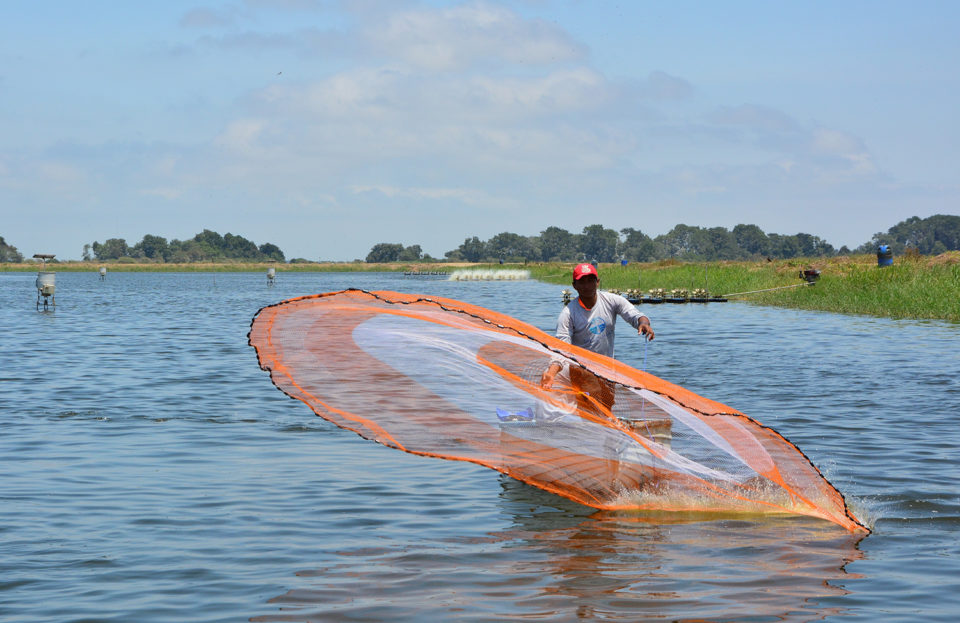
No longer is a fish merely a fish. Whether it comes via a fishing boat or from a farm, it has a story to tell – a story that consumers demand, with many questions to answer: What is it, exactly? Is it safe to consume? Were any corners – social, environmental or otherwise – cut in getting it to market?
The farmed seafood consumed today comes from all corners of the globe. While in many instances, this necessitates complex supply chains, consumers increasingly want a comprehensive account of those products and to be in a position to make informed choices on what they buy and who from.
Fortunately, as an expanding number of aquaculture producers are discovering, readily available technology can help them share these egg-to-plate journeys openly with the buying public.
Salmon farm to store
Recognizing this growing consumer demand for food-production information, salmon producer Mowi ASA has created a traceability platform that provides greater visibility into its salmon’s provenance. Essentially, it lets shoppers instantly see, via smartphone app, how the group operates and raises its fish, with information about origin and farming and harvesting activities.
Mowi COO Ola Brattvoll says “trustability” of food supply chains is a major issue for today’s consumers, and while this is a significant challenge for the food industry as a whole, it’s also a great opportunity for companies to differentiate themselves in the marketplace.
“There is a lot of talk about millennials and how they are different, for instance, by using more technology when they are making purchasing decisions,” he said. “As far as these consumers are concerned, being open and transparent is the norm and if you are not then they won’t establish a relationship with you. And, at the end of the day, this will create a stronger position for us and our brand in the markets where we launch.”
Brattvoll told The Advocate that when Marine Harvest decided to re-brand as MOWI, it already knew that a very important part of that delivery would be transparency and full traceability. There was also a realization of a dramatic shift in consumers’ food transparency demands.
“Today’s consumers are asking a lot more questions,” he said. “They want authentic stories that can be verified – that they can trust and relate to. This was a part of the seafood market we found to not be very developed. We didn’t see any of the established brands or products out there really telling the stories that meet consumers’ expectations. From the very start, we understood that with our integrated supply chain – controlling everything all the way back to the salmon eggs, through the feed, farming and processing – that we could have that transparency and open up our full supply chain to consumers; we could tell them the story that would meet those needs in a way that nobody else could.”
Digital identity
To collate these production insights and present the package in a consumer-friendly way, Mowi brought in software company EVRYTHNG. As social networking platform LinkedIn does with human beings, EVRYTHNG provides consumer products with digital identities and helps bring that information together.
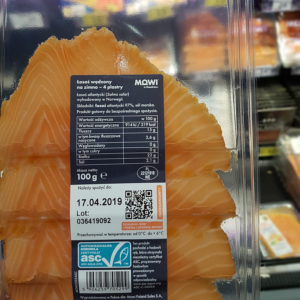
“The digitization of a product means the organization of the information about that specific product item. But it also means the ability to tie digital services directly to that item that are contextually specific to whatever that item is,” explained Niall Murphy, co-founder and CEO of EVRYTHNG, which has enlisted key customers like Coca-Cola and Unilever during its seven years of operations.
Powered by EVRYTHNG’s Active Digital Identities (ADIs) and using the new GS1 Digital Link standard (the first platform to allow consumer product brands), Mowi’s new platform works by collecting data from the different production and supply chain systems. This data is then harmonized and structured so that every salmon produced has its own digital identity and that there’s a single, searchable source, including detailed information like where and when the salmon/roe was hatched; what freshwater facility the salmon was in and how long it was there; what sea site the salmon was raised in; and how the salmon was processed when harvested. That specific, linked information remains with each product right through to the end consumer.
“It’s important that you have a strong degree of integrity; that you can know that this fish came out of this farm; that it was divided into these pieces; and those pieces were distributed to these locations; also that the timing of these steps are as follows and so on,” said Murphy.
It took around six months to fully implement and deploy the system along with the desired level of scalability. Murphy acknowledged that Mowi had a really good resource of information to work with, but that not all of it was very accessible. With a “software layer” surrounding the supply chain, he said it’s now become much more pliable, and also able to take on additional functions as Mowi’s business model evolves and innovates further.
Initially, the platform and the first coded products will be made available to consumers in Poland. It will then be gradually rolled out to other Mowi markets.
“There are several reasons why Poland was first,” said Bratvoll. “It is a very important country for Mowi. We have a huge operation there, employing more than 4,000 people; our biggest processing plant is there; we have been there for many years and know the market extremely well. At the same time, it is probably the fastest-growing market in Europe at the moment. It has a very dynamic, evolving retail environment, with a population of around 40 million people. From a sales and marketing point of view, Poland has huge potential for future long-term growth.”
Tackling fraud
Estimating that food fraud in South America has increased 60 percent in recent years “due to a lack of transparency, accountability and effective regulations,” the Sustainable Shrimp Partnership (SSP) identified blockchain as the technology best suited to help its Ecuadoran shrimp producer members provide greater accountability and transparency to buyers and end-consumers. Collectively these farms supply around 1,000 metric tons (MT) of shrimp to markets around the world.
To help deliver “farm to fork” traceability of these products, SSP recently joined the IBM Food Trust ecosystem. These are the first shrimp products to appear on Food Trust.
“With complex supply systems we are seeing too many examples of mislabeling and poor-quality products entering the marketplace. There is a need to elevate the food industry’s performance globally, commit to a more transparent food system, and encourage industries to step for differentiation as an incentive for quality,” said Pamela Nath, SSP director. “By using blockchain, we aim to encourage consumers to start demanding trusted sources for every product they consume. This way, industries will be forced to eliminate unsafe, unethical and illegal practices and ultimately create a more transparent food system.”
Broadly, the IBM Food Trust creates a secure, shared and permissioned record of transactions, enabling visibility during each step of the supply chain. The ecosystem consists of different modules designed to help participants – from producers, suppliers, manufacturers, distributors and retailers – to make their supply chains more efficient. Participants upload, manage and access transactional data. They can prove sustainability and provenance by managing certificates, while food-system members securely and transparently trace the location and status of food products in the supply chain.
Building trust is easier in that sense, but it all starts with what is the reality of your business; if you have a good story to tell – whether it’s about sustainability or food safety – then this technology will be very useful.
Every batch of SSP-qualified shrimp comes with a certificate of authenticity and will be uploaded into the system to guarantee it is Aquaculture Stewardship Council (ASC) certified, antibiotic-free, fully traceable and raised with neutral impact on the local environment.
Nath said the integration of SSP members into Food Trust will continue over the coming few months, and once that process is complete, the attention will be on developing a consumer app. The expectation is that additional elements will be added to the platform further down the line – “to grow and provide more information and value to consumers, particularly when it comes to feed ingredients.”
Introducing a system like blockchain in the shrimp farming industry comes with challenges, she explained, such as ensuring internet access on farms and training staff to prevent human error when uploading data.
Verifying best practice
Nath and SSP further believe that blockchain could become an effective solution to eliminate production practices that are irresponsible, unethical and unsafe.
“The global shrimp industry is a commodity market, and we often see that many regions are constantly looking to lower costs/prices and will do so at the expense of responsible practices. This approach has resulted in on-going challenges with disease control and has led to high use of antibiotics in particular regions,” Nath said. “Regions such as Ecuador, which are committed to producing high-quality shrimp with sustainable practices, often get disadvantaged in the marketplace, and see that preferential practices create economic risk. With no incentive to improve practices, there is a growing race to the bottom which not is only harmful to the industry and the environment, but also limits the choice for consumers, and reduces their ability to buy healthy and responsibly farmed shrimp.”
Ultimately, and much like Mowi, SSP’s aim is to have its shrimp in supermarkets and on menus where consumers can scan QR codes for farm origin information, in addition to key food safety and sustainability indicators.
Empowering markets
While keeping up with the relentless evolution of technology can be a daunting undertaking, as well as an intimidating investment to make, the clear danger is that if a brand is not up to pace then it could start to become obsolete in its customers’ eyes. Indeed, Murphy highlighted that for millennials, the ability to access origin data behind a product is now an expectation, and also that the attachment of a service to a product item will increasingly become the norm.
Crucially for the aquaculture economy, in addition to maintaining relevance and better demonstrating sustainability, the transparency enabled by these types of technologies provides producers the opportunity to create a bond with consumers. It’s also a pathway for brands to open up new markets – allowing them to showcase what they have in a much more efficient way and in formats that are easier to digest.
“Building trust is easier in that sense, but it all starts with what is the reality of your business; if you have a good story to tell – whether it’s about sustainability or food safety – then this technology will be very useful,” said Brattvoll. “However, if you don’t have a sustainable supply chain or a good message on food safety then this technology will not help you. That’s the flip side of this – if you don’t have order in your own house then this technology could actually do the opposite. You can’t just tell a story and expect everyone to believe you unless you are fully transparent in what you do.”
He also maintains that while the broader seafood sector has developed greatly, particularly over the past decade with the creation of products that are more consumer-friendly, it has only just started its journey.
“I would say there is a long way to go when it comes to really building our businesses on consumer expectations and what’s in their minds when it comes to putting food on a plate every day, particularly in terms of how they relate to the products and the producers,” he said. “Using modern technology to gain insight on consumer attitudes and preferences is going to be key and today’s technology offers so many different ways to do that. You need to adapt to your consumers; you cannot expect them to adapt to you. You need to use the platforms and the technology that they are used to. That offers opportunities, but you also need to be open to try new things and that starts with speaking to these technology experts and getting an understanding of the potential within these tools. I think there is a lot more for us to do here, and the seafood industry in general can learn a lot from working with these technology providers.”
Follow the Advocate on Twitter @GAA_Advocate
Now that you've reached the end of the article ...
… please consider supporting GSA’s mission to advance responsible seafood practices through education, advocacy and third-party assurances. The Advocate aims to document the evolution of responsible seafood practices and share the expansive knowledge of our vast network of contributors.
By becoming a Global Seafood Alliance member, you’re ensuring that all of the pre-competitive work we do through member benefits, resources and events can continue. Individual membership costs just $50 a year.
Not a GSA member? Join us.
Author
-

Jason Holland
Jason Holland is a London-based writer for the international seafood, aquaculture and fisheries sectors. Jason has accrued more than 25 years’ experience as a B2B journalist, editor and communications consultant – a career that has taken him all over the world. He believes he found his true professional calling in 2004 when he started documenting the many facets of the international seafood industry, and particularly those enterprises and individuals bringing change to it.
Tagged With
Related Posts
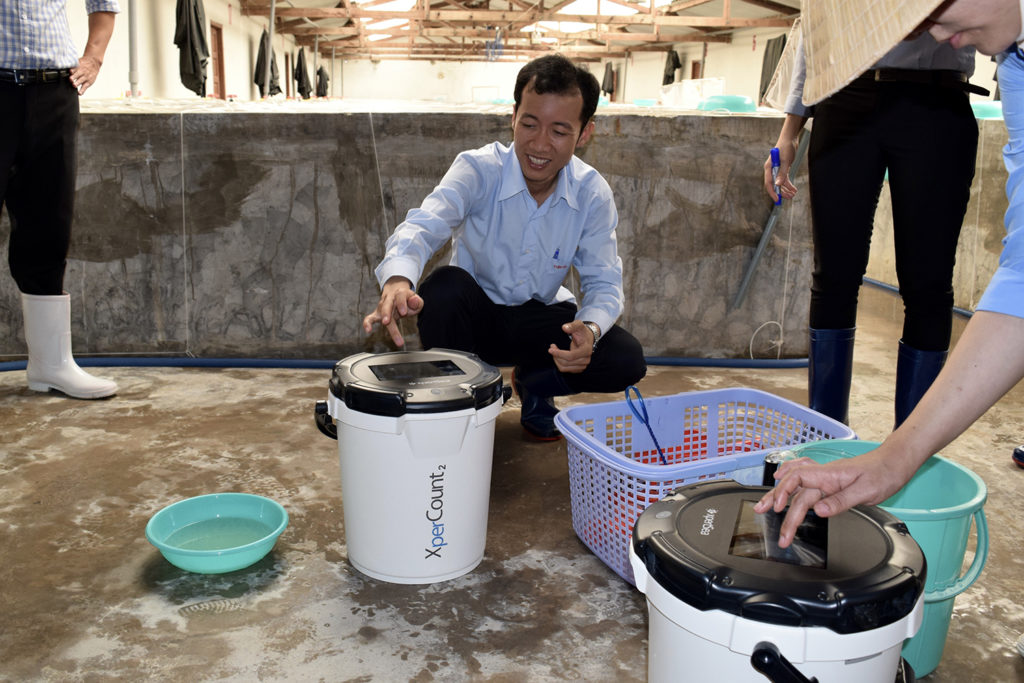
Innovation & Investment
AI platform delivers data to fish and shrimp farmers
XpertSea does more than count fish. It uses AI and computer vision to calculate growth rates and optimal harvest dates to improve aquaculture efficiency.
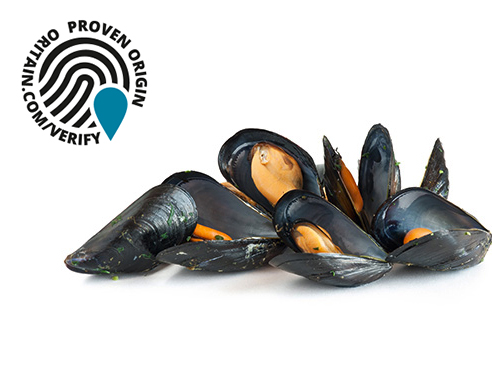
Intelligence
Can a ‘chemical fingerprint’ deter seafood fraud?
Because paper trails aren’t perfect, some food producers are going beyond written or digital records to prove their products’ authenticity and prevent economic fraud. Is farmed seafood a perfect fit for forensic-science traceability?
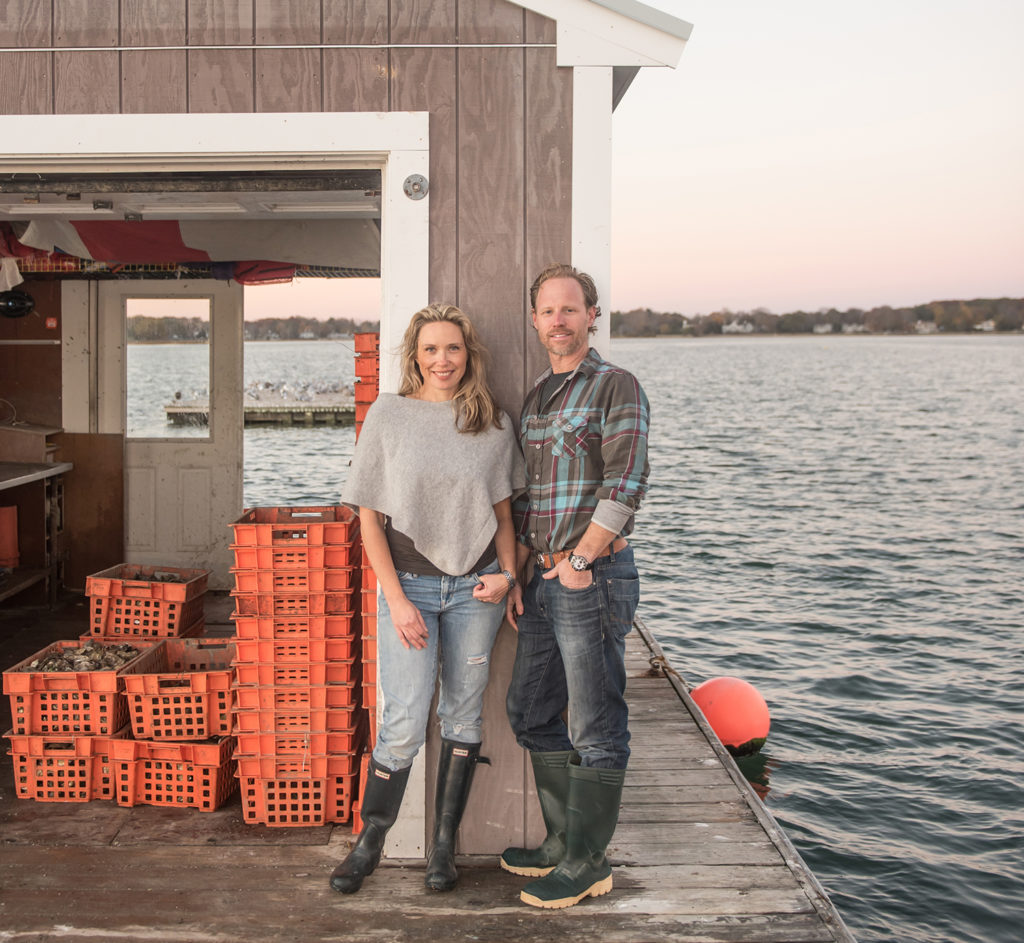
Intelligence
Buy-valves: Massachusetts farmers grow online oyster business
When Real Oyster Cult walked off with a $5,000 prize at Fish 2.0, it was solid affirmation that its online oyster commerce concept is on track for success.
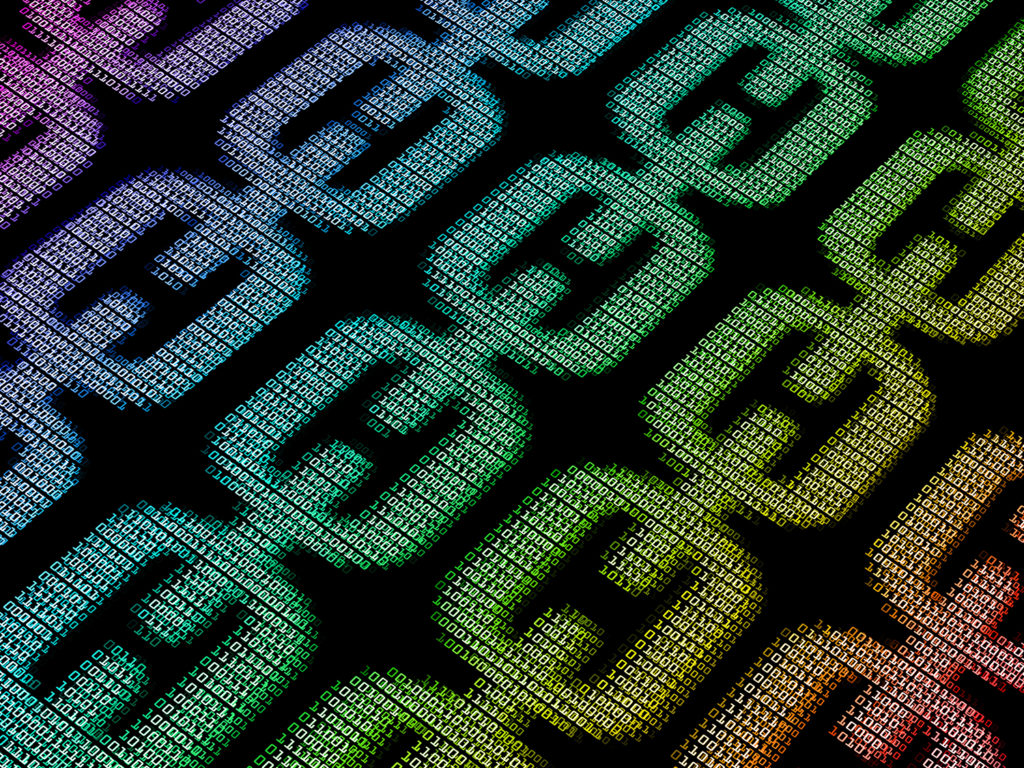
Innovation & Investment
Is aquaculture ready for the blockchain revolution?
The emerging technology, known as the foundation for cryptocurrencies, may be the trustworthy traceability tool the industry needs in a digitally driven world.

